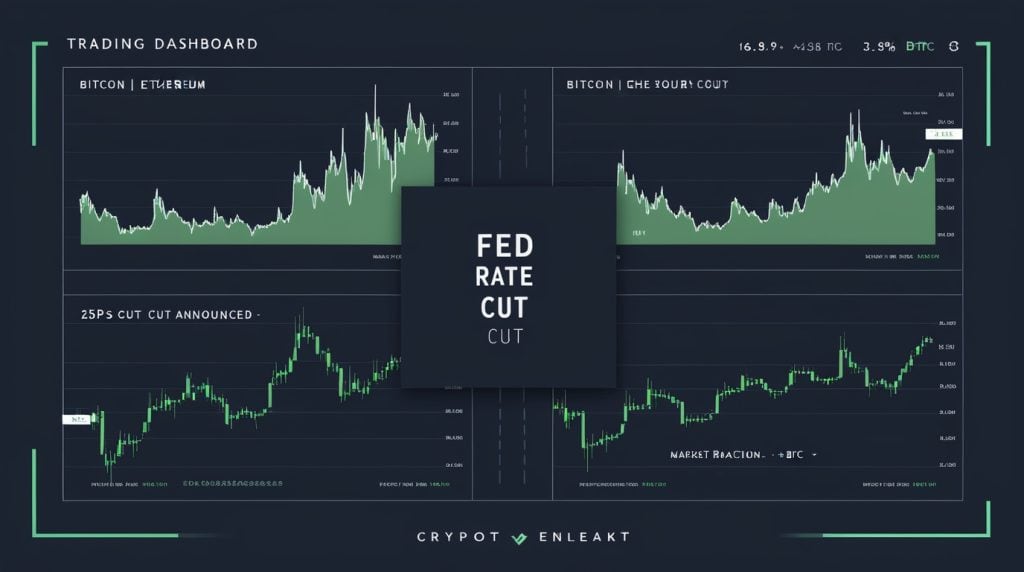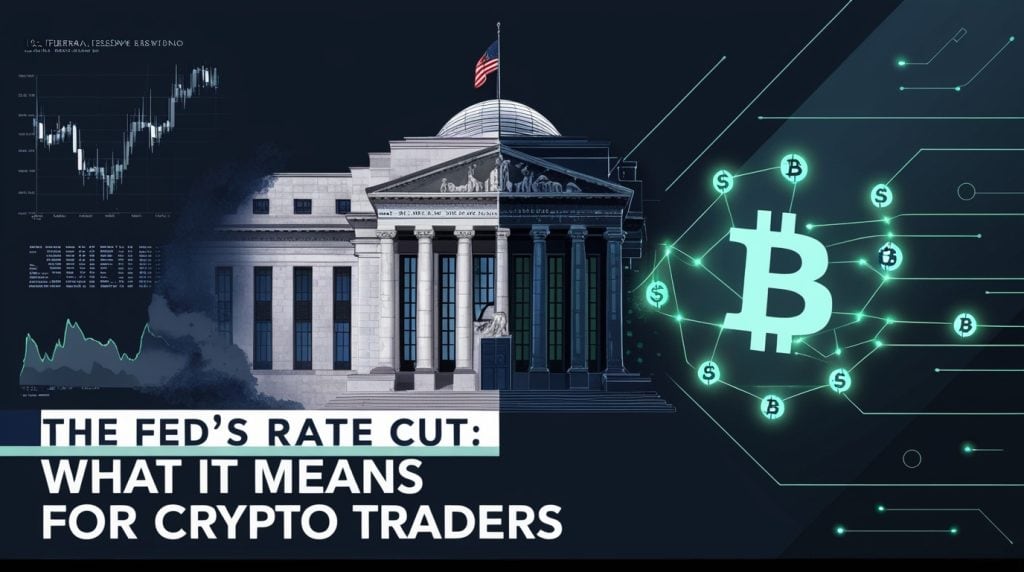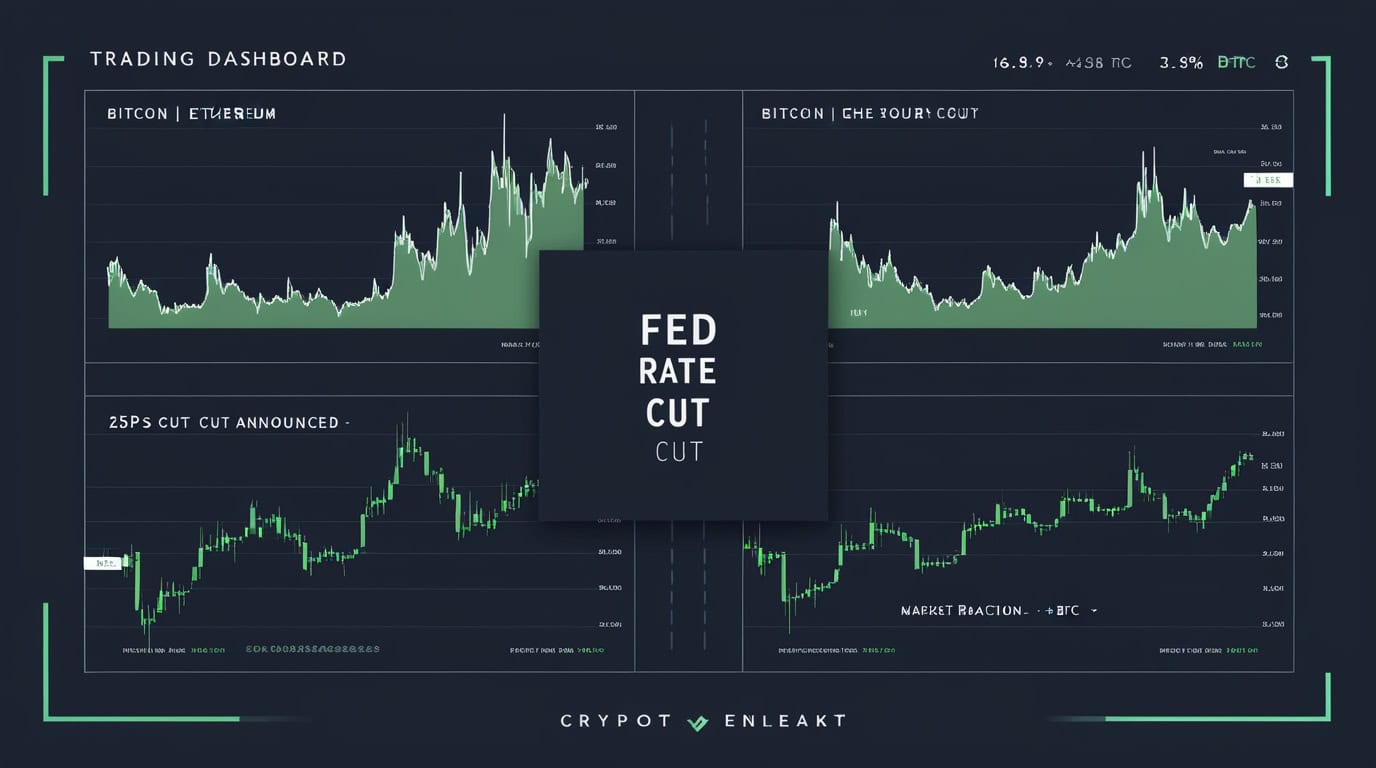
When the U.S. Federal Reserve trims interest rates, it doesn’t just ripple through banks and stock markets—it sends shockwaves across the crypto landscape too. Understanding why this happens can give traders an edge in anticipating volatility, capital flow, and sentiment shifts.
In its latest move, the Fed cut the benchmark rate by 25 basis points, signaling a cautious tilt toward easing. On the surface, that might sound bullish for risk assets like Bitcoin and altcoins—but the real story runs deeper.

Why it Matters
Interest rates are the heartbeat of liquidity. When they fall, borrowing becomes cheaper, capital flows more freely, and investors typically take on more risk. This tends to favor speculative assets—crypto included. A rate cut often fuels a short-term rally as traders rotate out of cash and into higher-return opportunities.
But it’s not always a straight line up. The Fed’s forward guidance—what it plans to do next—can amplify or mute market reactions. If traders interpret the tone as cautious rather than aggressive, risk appetite can cool quickly. That’s why Bitcoin sometimes rallies on rumors of cuts, only to retrace when reality lands softer than expected.
The Ripple Effect
For Bitcoin, the impact usually shows first. Lower real yields and a softer dollar can make BTC look attractive as a hedge against currency debasement. Once confidence returns, liquidity tends to spill over into altcoins, often leading to sharper—but shorter-lived—price moves across the board.
However, a misstep by the Fed—cutting too little or too late—can also trigger fear that economic conditions are worsening. In those moments, even crypto isn’t immune to a flight to safety.
Key Takeaway
The Fed’s decisions are no longer distant macro noise—they’re part of crypto’s trading rhythm. Smart traders watch not just what the Fed does, but how markets interpret it. Because when policy meets perception, that’s where volatility—and opportunity—begin.

